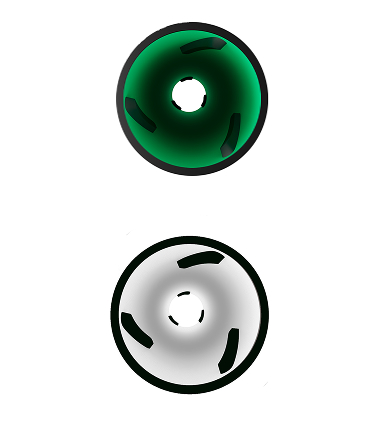KFC® system for dredging pipelines
Reduced abrasion, optimised flow and measurable environmental benefits
KFC® System integrated into KNN33_4.0® pipes
The KFC® System by Kiasma Group represents a technological evolution in the transport of dredged materials.
Thanks to a patented design optimized through Computational Fluid Dynamics (CFD) analysis, the system enhances the internal hydraulic performance of the pipelines, reducing abrasion, pressure loss, and environmental impact.

OPERATING PRINCIPLE
The fins of the KFC® system allow for a dual action of the fluid (rotational and laminar flow):
larger particles, which tend to settle at the bottom, are recirculated inside the pipe, maintaining a stable and homogeneous flow.
The number, angle and spacing of the fins have been optimised using CFD analysis in order to maximise efficiency and preserve the correct radial flow along the pipeline.
The hydraulic efficiency of the KFC® system not only improves operational performance, but also generates positive and measurable environmental impacts, contributing to the sustainability of dredging operations.

KIASMA® GROUP INTEGRATED TECHNOLOGY
The KFC® System can be fully integrated with Kiasma Group Dual Layer co-extruded pipelines, equipped with an anti-abrasive inner layer and friction reducer.
Together, these technologies create an efficient, durable and sustainable transport ecosystem designed for the needs of modern dredging.
Goals
1
Extended pipeline durability and reduced maintenance.
2
Improved energy efficiency, with lower pressure drops.
3
Greater flow stability and homogeneity of the transported mixture.
4
Direct contribution to the environmental sustainability of dredging operations.
5
Reduction in operating costs thanks to lower fuel consumption.